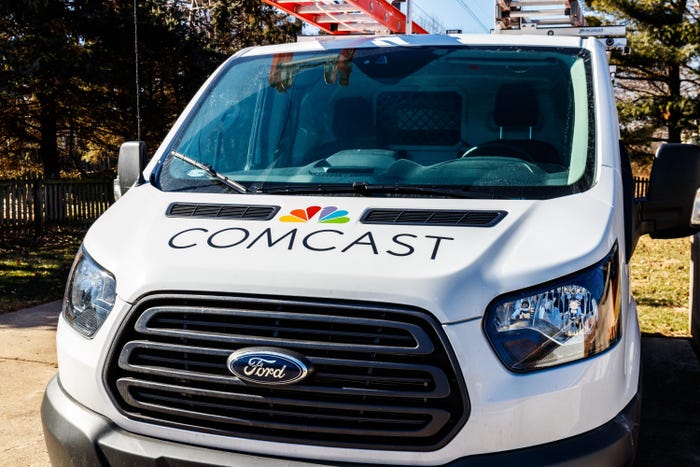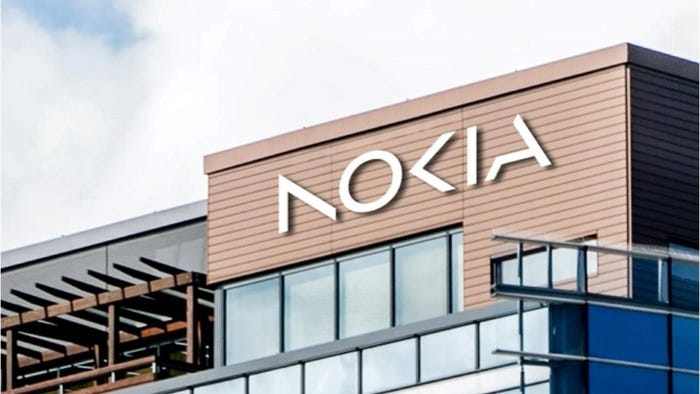Will US Mobile succeed where Google Fi failed?
MVNO US Mobile said it will allow its customers to move among the networks of T-Mobile, AT&T and Verizon. It's the kind of service that Google first promised in 2015 with its MVNO, Google Fi.

MVNO US Mobile is promising to allow its customers to easily switch among all of the big mobile network operators in the US, from AT&T to Verizon to T-Mobile and back again.
The company is calling the service TelePortal, and it will commercially launch the offering on July 15 when it adds AT&T's network to its platform, which already supports Verizon and T-Mobile.
"We're launching Super Carrier mode (Teleportal) across our entire user base, combining the power of all major US networks into one plan. This means you get the best coverage and performance available across all major networks with a click of a button," the company wrote this week on Reddit. "With Teleportal, we eliminate the complexity of choosing multiple networks without worrying about pricing. Now YOU can decide the best network at the best prices on the most advanced telco platform in the world."
On its website, US Mobile said its customers will get their first two network transfers for free. After that, it will cost them $2 per transfer. However, the company's "unlimited premium" plan will offer up to eight transfers per month at no extra cost. Users can switch networks with the click of a button.
US Mobile's planned offering is noteworthy considering virtually all of the nation's MVNOs only offer access to only one of the nation's three big wireless network operators. A few offer access to multiple networks, such as EchoStar's Dish Network. And one – Red Pocket Mobile – offers access to all three networks. However, Red Pocket Mobile doesn't boast of a way for customers to switch dynamically among the networks.
Google's MVNO, Google Fi, launched in 2015 with a promise to seamlessly move customers between the Sprint and T-Mobile networks. It added UScellular to its service a year later. However, following the merger between T-Mobile and Sprint in 2020, Google Fi is now offering access only on T-Mobile's network, having dropped support for UScellular last year. (And now T-Mobile is working to purchase much of UScellular).
How it works
US Mobile has been touting its TelePortal technology for months.
In a post to Reddit earlier this year, the company explained that its network-switching technology will rely on Dual SIM Dual Standby (DSDS), including by using the eSIM standard.
"The device employs a methodology based on assessing the viability of switching between primary and secondary networks. This assessment begins with the calculation of an estimated link capacity for both the primary and secondary networks. This estimation leverages the instantaneous link capacity data obtained through the device's radio transceiver," US Mobile wrote.
"Subsequently, the estimated link capacity for each network is paired with the device's data usage, resulting in a congestion ratio representing the ratio of data usage to link capacity for each network. Higher congestion ratio values signify elevated data usage on the respective network and/or comparatively lower link capacity. This indicates a higher likelihood of encountering slower data transfer speeds and diminished performance when utilizing that particular network," the company continued.
US Mobile added that "the process of estimating link capacity and device data usage operates over a defined time window, adjustable to accommodate desired sensitivity levels in the estimates. Additionally, a moving average of the congestion ratio is continuously computed for each network, serving as an ongoing reference maintained by the device. This ensures a dynamic assessment of network performance, facilitating informed decisions regarding network switching to optimize the device's connectivity experience."
US Mobile's rise
Launched in 2015, US Mobile now counts almost half a million customers, according to CEO Ahmed Khattak. US Mobile – which touts a fully cloud-based technology platform – has raised a total of $32 million in venture capital funding from Volition Capital and others. Today US Mobile employs around 400 people, a figure that includes its customer service operations.
US Mobile initially launched services with T-Mobile's network (dubbed the "GSM LTE" network by US Mobile) and then added support for Verizon's network (dubbed the "Warp 5G" network) in 2017. The company promises to launch support for AT&T's network (dubbed "Dark Star") next month. Like most MVNOs, US Mobile is generally prevented from naming its MVNO network partners, but the partners' identities are not difficult to discern.
MVNOs in the US have been on the upswing recently for a number of reasons. Most importantly, big cable companies like Comcast, Charter Communications, Cox and Altice USA have jumped into the US mobile industry via MVNO deals. But a wide range of other companies – from Roccstar Wireless to Allo Communications to Community Phone – have also joined the space in recent years via MVNO partnerships.
Part of the reason for renewed interest in the MVNO sector is due to recent blockbuster transactions. For example, T-Mobile recently closed on its $1.35 billion purchase of MVNO Mint Mobile, following Verizon's $7 billion acquisition of MVNO TracFone in 2021. And earlier this year, a new MVNO called Cape touted a whopping $61 million in venture funding with plans to target the premium end of the mobile market with enhanced security features.
About the Author(s)
You May Also Like














